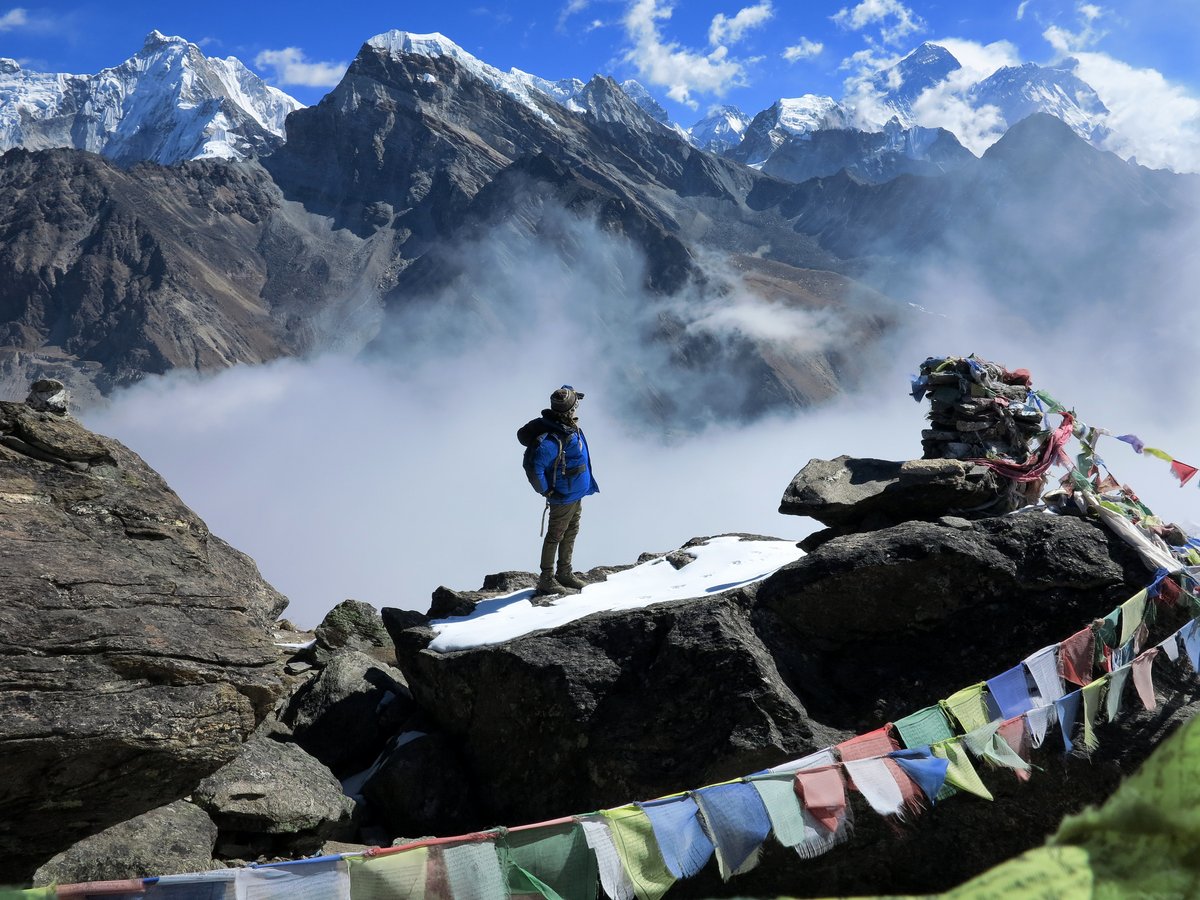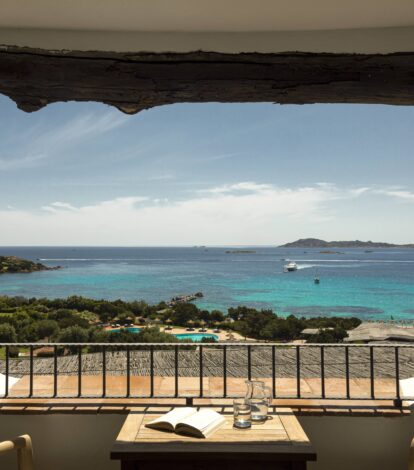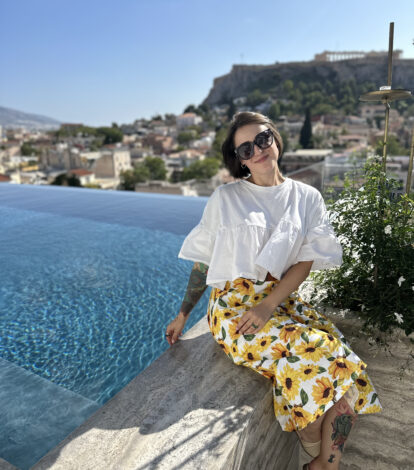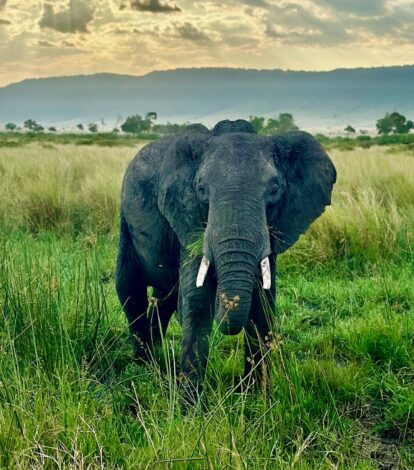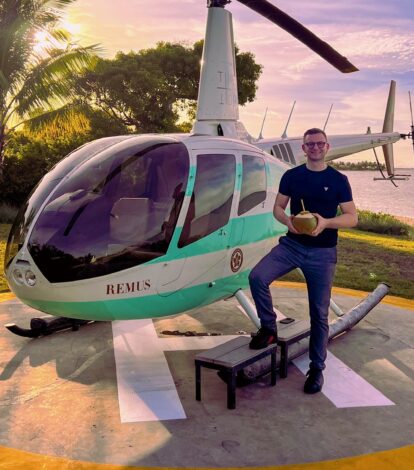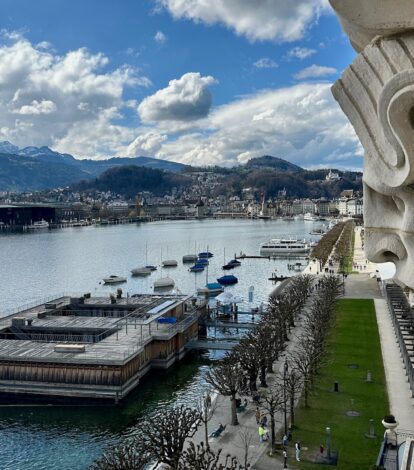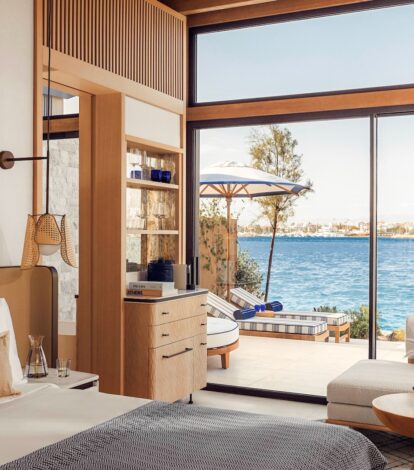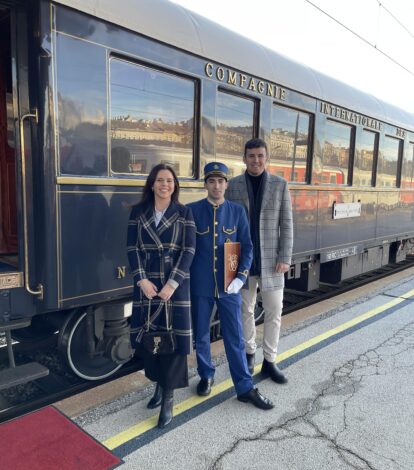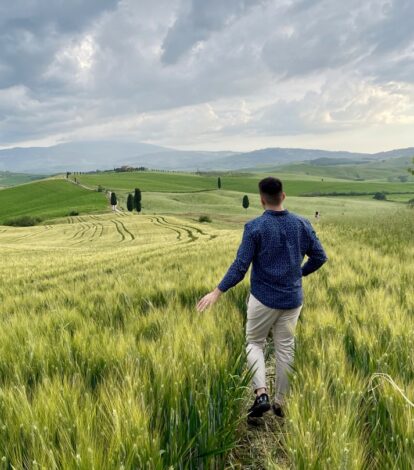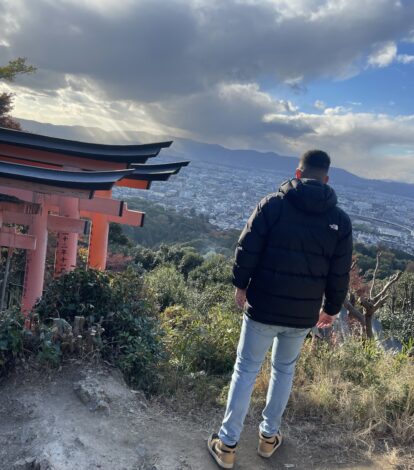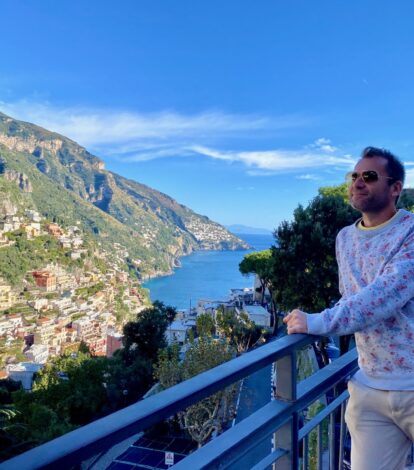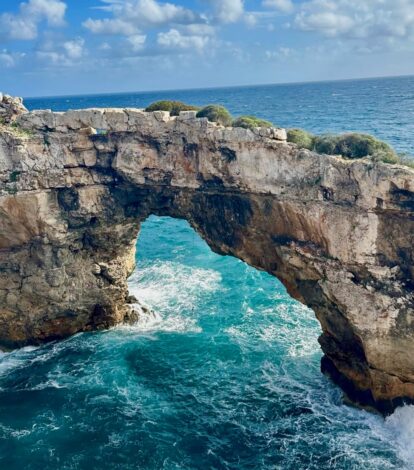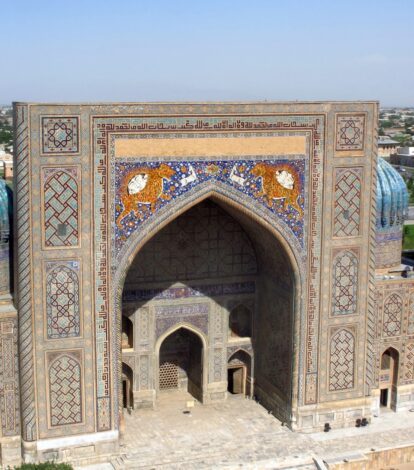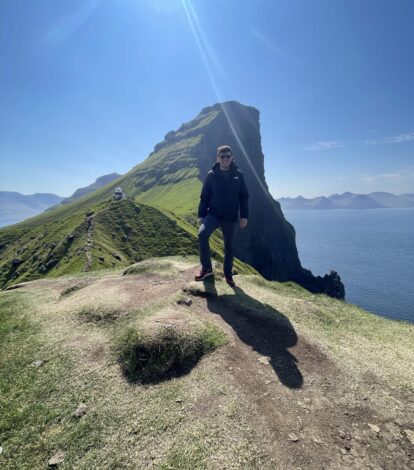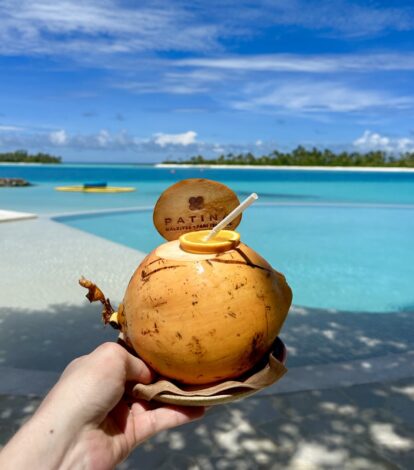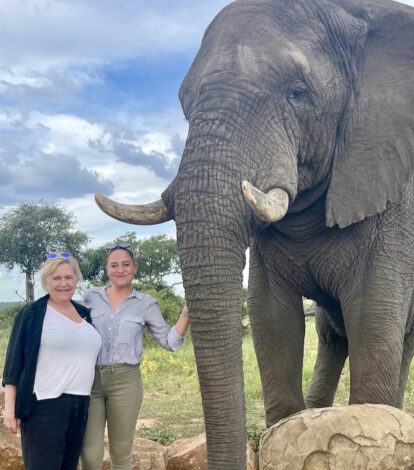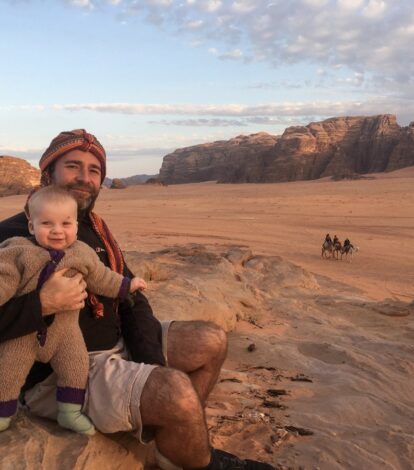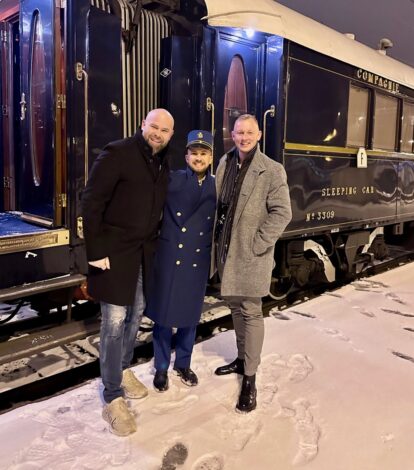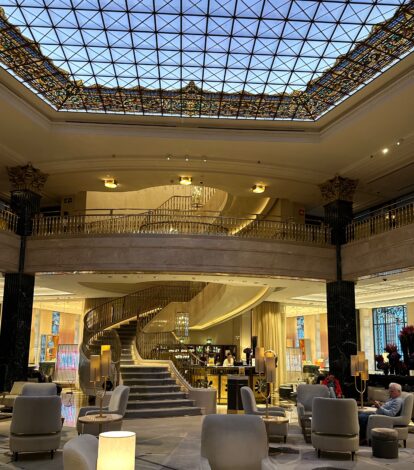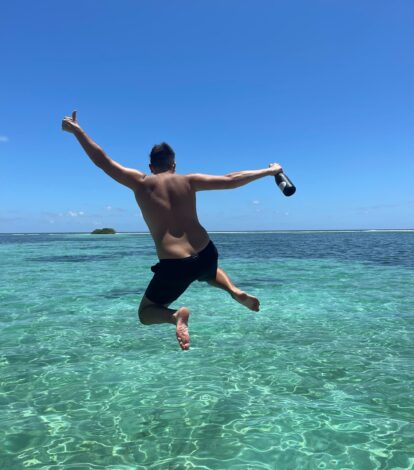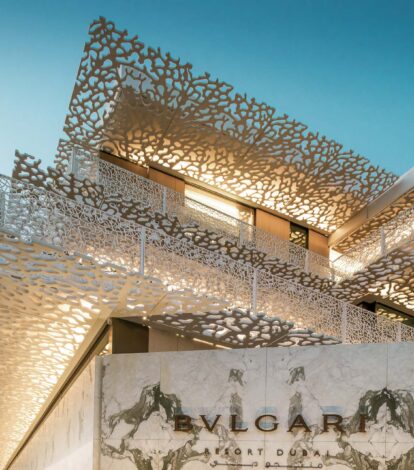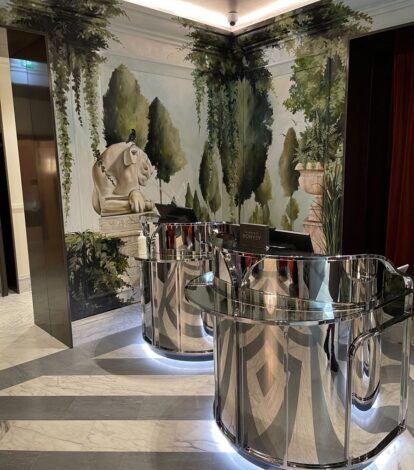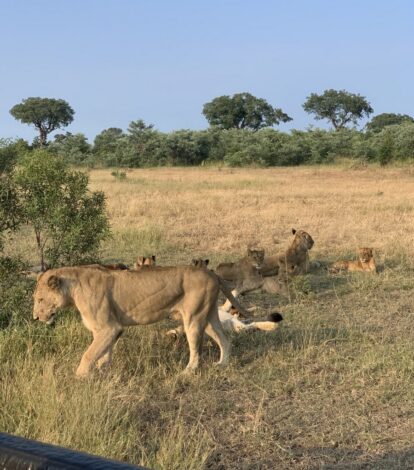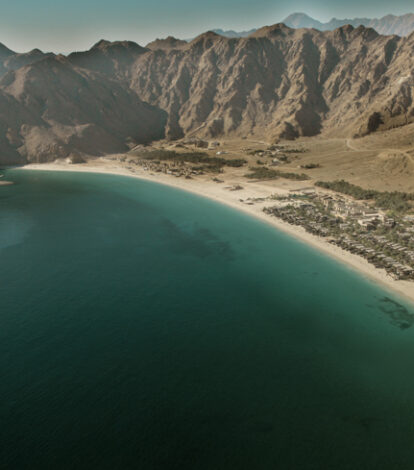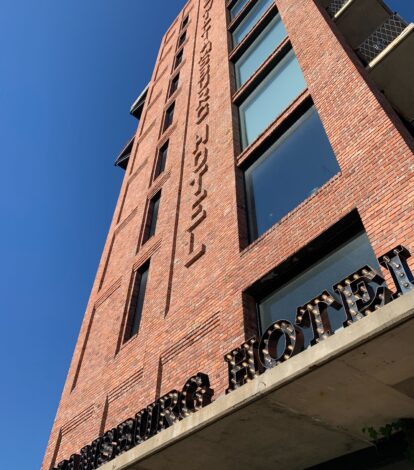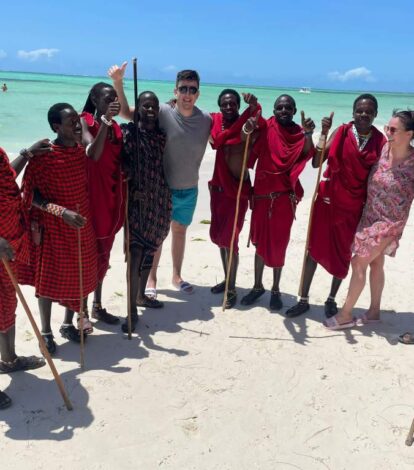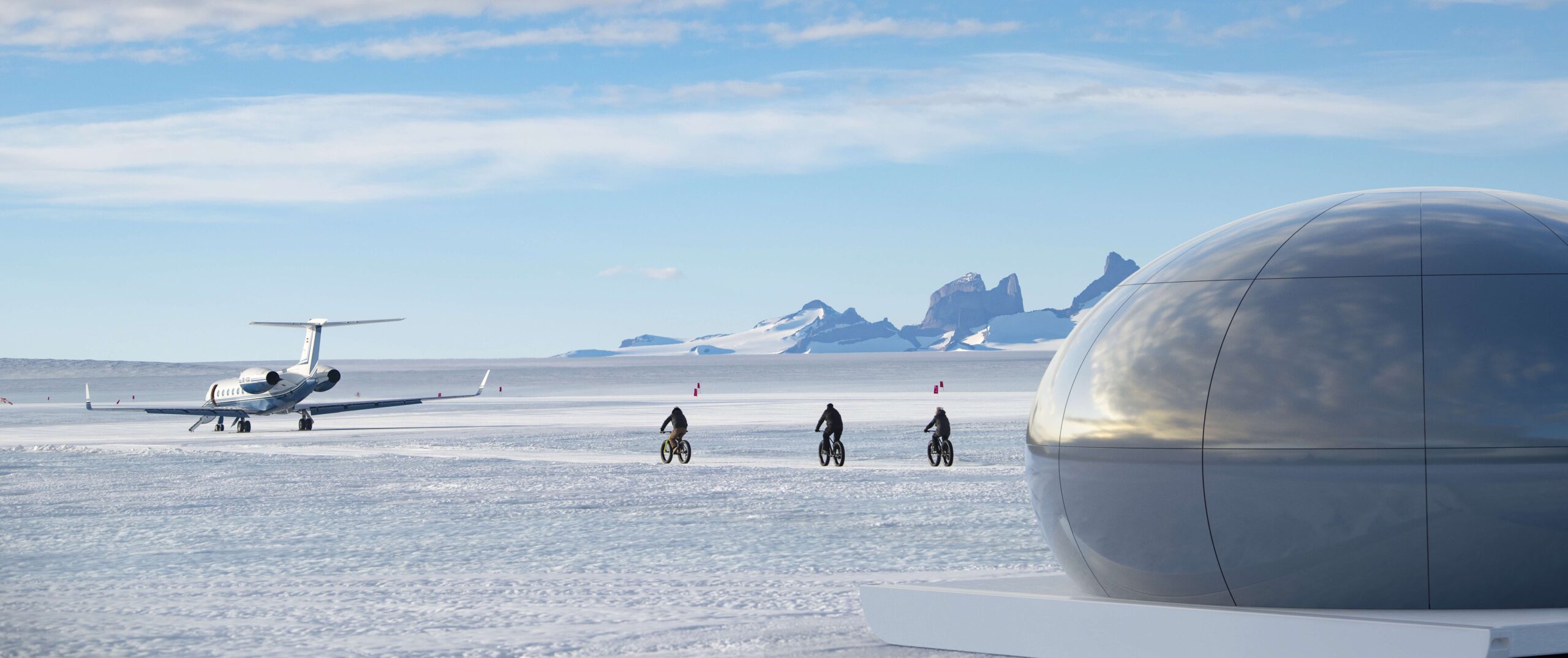Our marketing director Stephen Bailey recalls a 16-day trek in Nepal’s Everest region. And all the surprises he found along the way.
Motivations for Everest
Two weeks of walking! That was a scary thought. Would I be fit enough? Surely I would become bored? Usually my two-week holidays hit two countries and at least five destinations. I like to travel fast and hiking is slow, but ultimately I was driven by one word: Everest.
Except I’m no mountaineer and there’s no way I’d make the summit. So, Everest Base Camp? It seemed bizarre to trek for two weeks, just to reach the place where other people start their journey. I thought Nepal was about one mountain. Our Nepalese partner educated me otherwise.
It’s not just Mount Everest. In the Everest Region there are hundreds of peaks higher than the highest place in Western Europe. And then there are the Annapurna and Manaslu trekking regions, both based around 8,000-metre mountains.
Plus Upper Mustang, Langtang and Dolpo, the lesser explored regions.

Choosing a Nepal Trek
My friend wanted to reach Base Camp, a major personal motivation in his battle with an addiction. I wanted to climb a Himalayan mountain and stand all alone on its peak.
The main Everest Base Camp trail takes 12 days. We chose the Gokyo trek. It takes at least 16 days, a journey that submits two peaks, one high-altitude pass as well as reaching the famous base camp.
Planning the trek I realised the enormity of options in Nepal. They have mountains and trails for everyone, whether it’s serious mountaineering or walking between small Sherpa villages. It’s a destination where anyone can push their boundaries, as far as they want. Where everyone can explore something and somewhere new.

Ready to Be the Explorer?
My Gokyo & EBC Trekking Itinerary
The Gokyo trek approaches Everest from the southwest, rather than directly from the south. For the first week we didn’t even see Everest, because there were too many other 8,000-metre mountains in the way.
Day 1 – A sublime scenic flight from Kathmandu to Lukla before an easy walk through small Sherpa villages, following the ice-blue hue of a river. Overnight Phakding (2610m).

Day 2 – Walking through villages and valleys, criss-crossing the river on rickety bridges. We entered Sagarmatha National Park and ascended steeply to the historic village of Namche Bazaar. Overnight Namche (3440m).

Day 3 – Acclimatising to the altitude with a short walk and then enjoying our final day with Wi-Fi connection. Overnight Namche (3440m).

Day 4 – Into a sub-alpine, lunar-like landscape, passing the last permanent villages, skirting the edge of Khumbi Yul Lha, the sacred mountain of the Sherpas. Overnight Mong (3980m).

Day 5 – Down then back up, crossing ice-clad rivers and gurgling waterfalls, silver birch trees swaying in the wind and mountain solitude all around. Overnight Dhole (4200m).

Day 6 – Onto the alpine plateau and a leisurely half-day hike, the panorama dominated by Cho Oyu, the world’s sixth highest mountain. Easy on the legs and sublime for the eyes. Overnight Machhermo (4470m).

Day 7 – Sounds of gushing water and cracking ice set the scene for a spectacular trail past three Gokyo lakes. Snowy massifs were now all around and it was breathtaking in more ways than one. Overnight Gokyo (4790m).

Day 8 – Ascending Gokyo Ri (5360m) was torturous. But what reward! Here I felt as if I was on top of the world, with the world’s highest peaks in all directions. I wanted to rest. But after the descent we had to cross Asia’s longest glacier – painful! Overnight Dragnag (4700m).
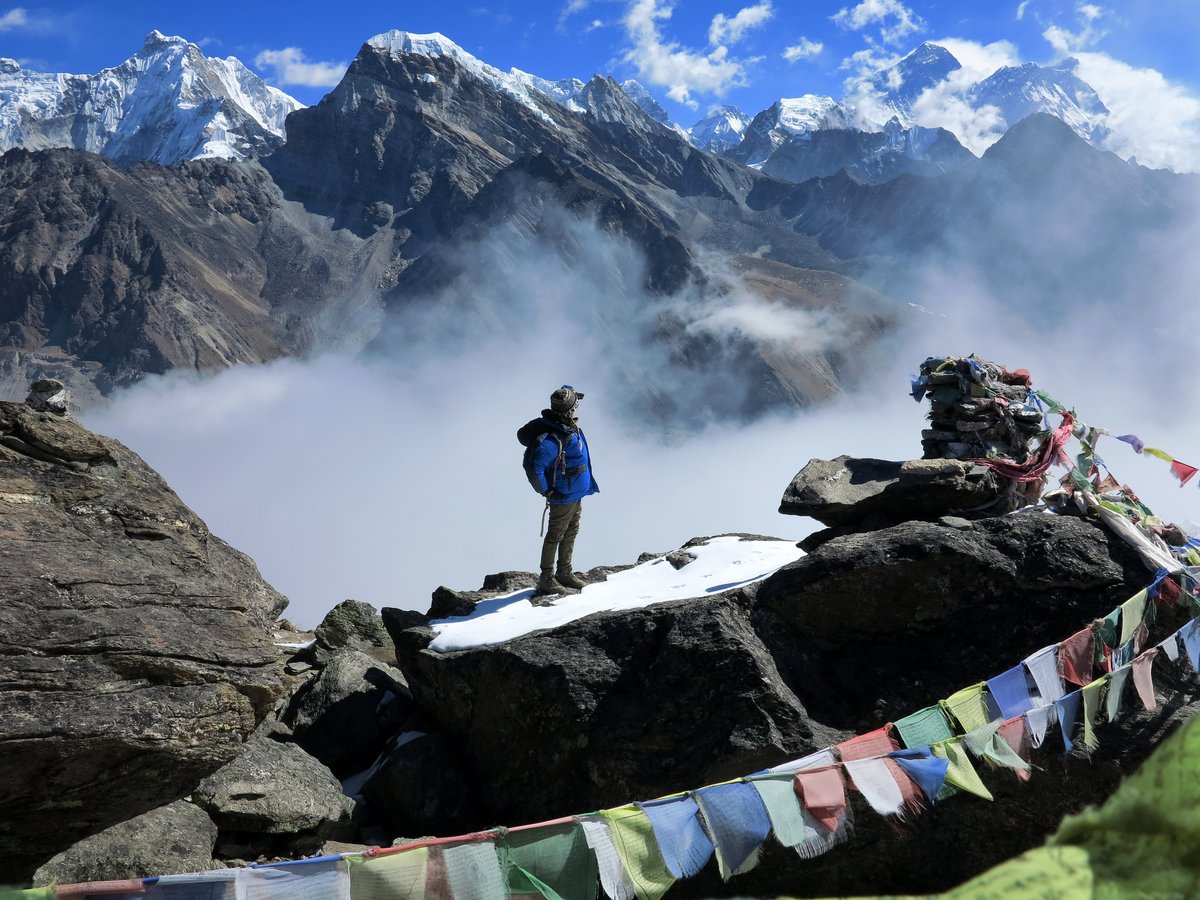
Day 9 – Exhausting, unrelenting, immensely rewarding…the hardest day of the whole trek was crossing Cho La Pass (5420m). We passed from a lunar desert to a snowy paradise requiring crampons. I was so exhausted I would have happily slept in the snow. Overnight Dzongla (4830m).

Day 10 – We don’t know why, but we felt completely revitalised. All the muscle ache was gone. Now rejoining the main Everest Base Camp trail we were hit by crowds of tired-looking hikers and felt good about ourselves. Overnight Lobuche (4910m).

Day 11 – Back above 5000 metres but it was much easier as we were altitude acclimatised. Everest Base Camp (5364m) was underwhelming, despite the snowy mountains, crumbling glaciers and extravagant ice falls. Really it’s just a big campsite in a beautiful location. Overnight Gorakshep (5140m).

Day 12 – An incredible ascent of Kala Patthar (5550m) a narrow pinnacle with misty views of Everest and its neighbours. There were only five of us at the summit, but dozens who stopped on the way up. Then we witnessed three helicopter evacuations in an hour – dramatic! All for trekkers with severe altitude sickness. After Kala Patthar we walked down and down and down, until it was dark, to Pheriche (4240m).

Days 13 – 15 – We descended to Lukla on the main EBC trail, passing thousands of hikers and sherpas carrying goods to Everest Base Camp. It felt like I could hike forever. I wanted to hike forever! I pictured myself walking the world and was gutted to reach the end of the trail.
Day 16 – An early morning flight back to Kathmandu from Lukla. Then we later discovered that Lukla is considered the most dangerous airport in the world – gulp.

Is Everest Comfortable?
In a word, no. We slept in the best accommodations on the route and they were incredibly basic. Most were just a room, a bed and a thick sleeping bag. Only in some locations, like Namche, will you find accommodation with en-suite bathrooms. Getting out of your sleeping bag to use the toilet, in the dark, at night, when it’s minus degrees, is not pleasant.
Close to the base camp I spilled some water on my bedside table. Within a moment it was frozen. There is absolutely nothing luxurious about trekking here and the accommodation was as testing as the actual hiking.
The real luxury was exploring a region that is hundreds of miles from any kind of road. It was exploring a wilderness so vast it made me feel humbled by nature.
Spending two weeks on the roof of the world, cut off from everything, improved my wellbeing in a way I couldn’t previously imagine. I’d recommend it to anyone.
It was an expedition, not a holiday. And it was the most impressive place I have ever seen.
